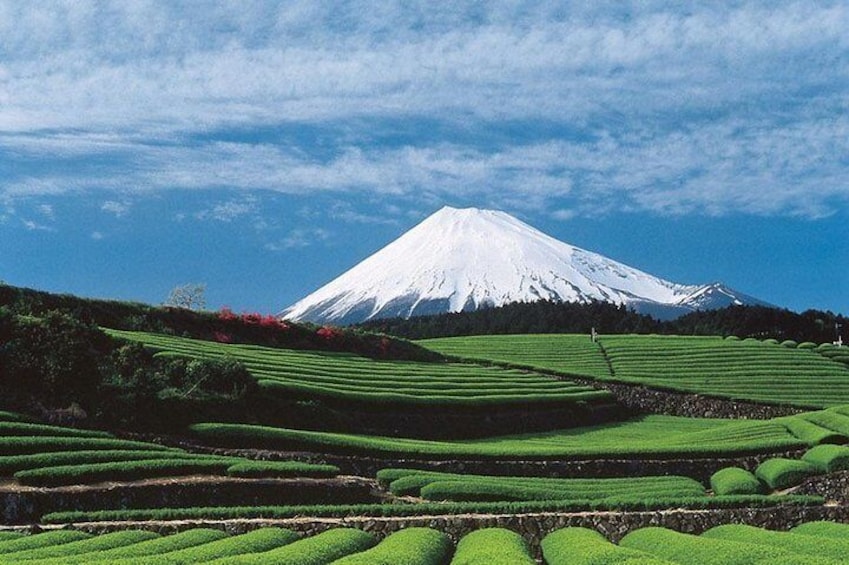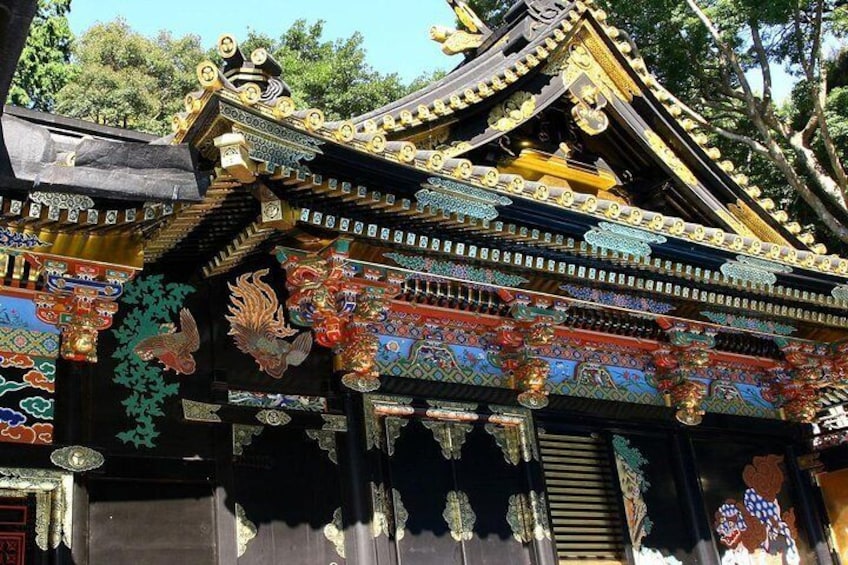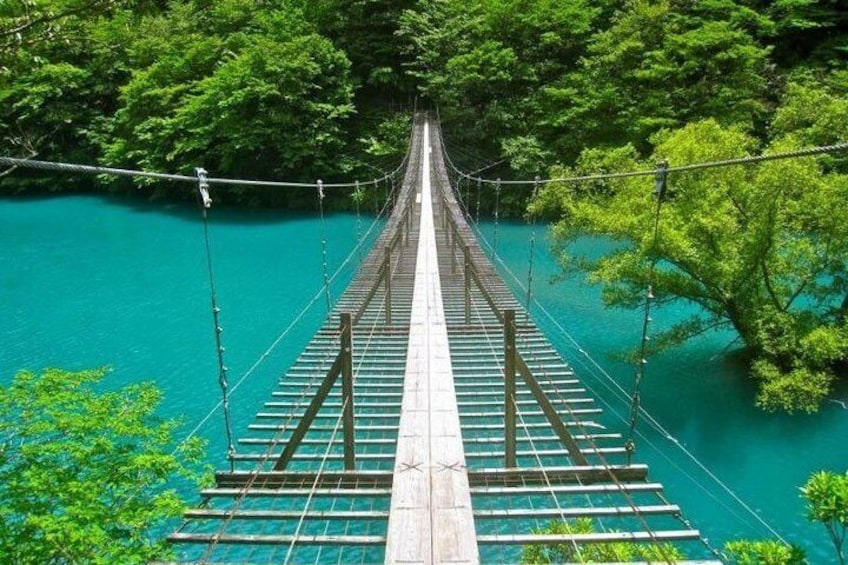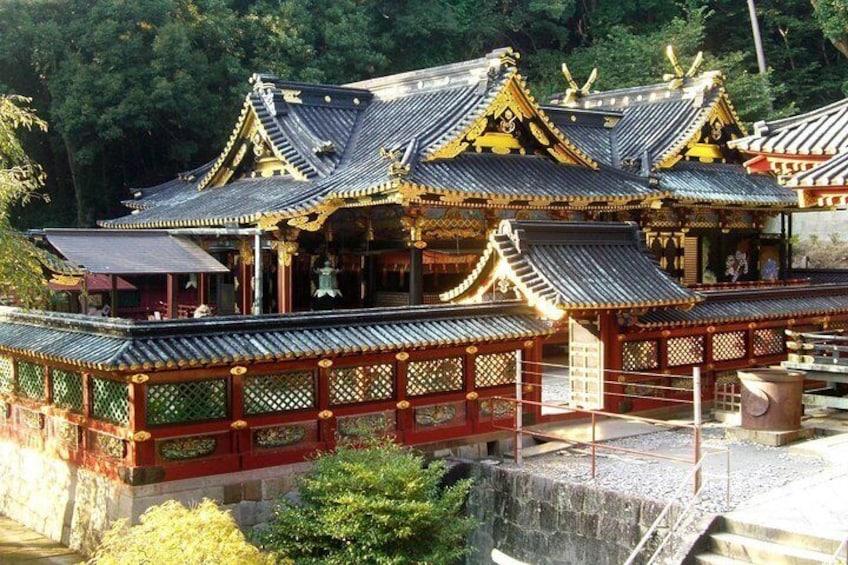




Port Pick-Up: Shizuoka Tour with Licensed Guide and Vehicle
10/10
10 out of 10Features
- Free cancellation available
- 6h
- Mobile voucher
- Instant confirmation
- Selective hotel pickup
- Multiple languages
Overview
This tour is designed for travellers who visit Shizuoka by cruise ship. We will pick you up at Shimizu Port or hotels near the port. This value-packed trip with a government-licensed and experienced English-Speaking tour guide is a fantastic and efficient way to explore Shizuoka City.
Shizuoka is home to amazingly unique food, history, culture and natural beauty. Follow in the footsteps of ancient travellers along the Old Tokaido Road while taking in the majestic views of Mt. Fuji and other natural attractions. Come to Shizuoka and see the unforgettable sightseeing spots for yourself!
Let us know what you would like to experience and we will customise a four-hour tour that's best for you.
Note1: Please select your must-see spots from a list in the tour information to create your customised itinerary.
Note2: National Government Licensed Guide Interpreter certification is issued by the Japanese government requires a good knowledge and understanding of Japanese culture and history.
Activity location
- Miho Seacoast (Miho no Matsubara Beach)
- Miho, Shimizu-ku,
- 424-0901, Shizuoka, Shizuoka Prefecture, Japan
Meeting/Redemption Point
- Miho Seacoast (Miho no Matsubara Beach)
- Miho, Shimizu-ku,
- 424-0901, Shizuoka, Shizuoka Prefecture, Japan
Check availability
Van (Up to 7 Pax)
- 6h
- English
Van (Up to 7 Pax)
Pickup included
Regular Car (Up to 2 pax)
- 6h
- English
Regular Car (Up to 2 pax)
Pickup included
What's included, what's not
- Private transport
- Licensed Local Guide
- Customisable Tour of your choice of 2-3 sites from 'What to expect' list
- Other personal expenses
- Lunch - Lunch (for yourself)
- Entrance fee (for yourself)
Know before you book
- Specialised infant seats are available
- Service animals allowed
- Public transport options are available nearby
- Infants and small children can ride in a pram or stroller
- All areas and surfaces are wheelchair accessible
- Transport options are wheelchair accessible
- Suitable for all physical fitness levels
- Wheelchair accessible
Activity itinerary
Miho Seacoast (Miho no Matsubara Beach)
- 1h
Kunozan Toshogu Shrine
- 1h
- Admission ticket not included
Nihondaira Ropeway
Nihondaira Parkway
- 30m
Oigawa Kawagoe Square
- 1h
- Admission ticket not included
Shizuoka Sengen Shrine
- 1h
Sumpu Castle Park
- 1h
Tea Museum, Shizuoka
- 30m
- Admission ticket not included
Location
Activity location
- Miho Seacoast (Miho no Matsubara Beach)
- Miho, Shimizu-ku,
- 424-0901, Shizuoka, Shizuoka Prefecture, Japan
Meeting/Redemption Point
- Miho Seacoast (Miho no Matsubara Beach)
- Miho, Shimizu-ku,
- 424-0901, Shizuoka, Shizuoka Prefecture, Japan